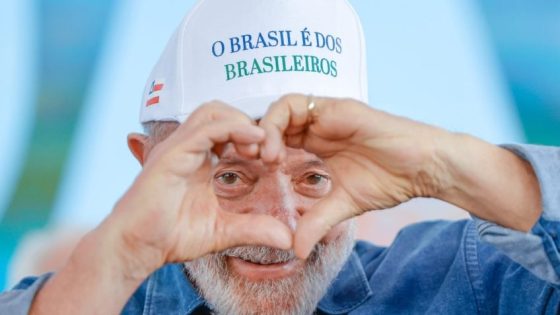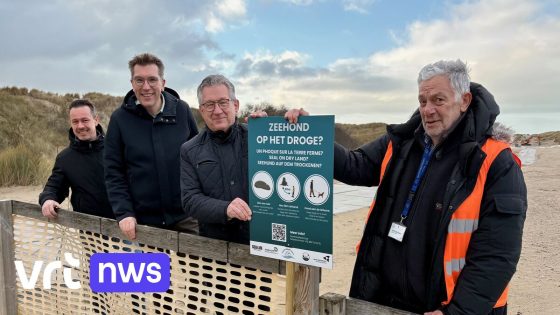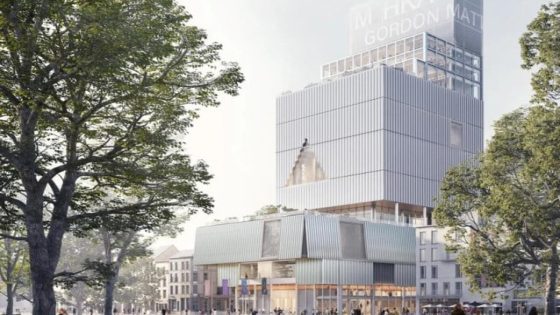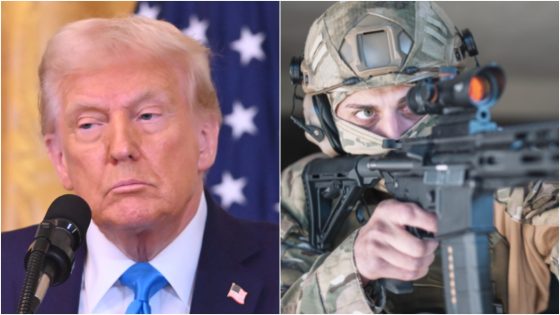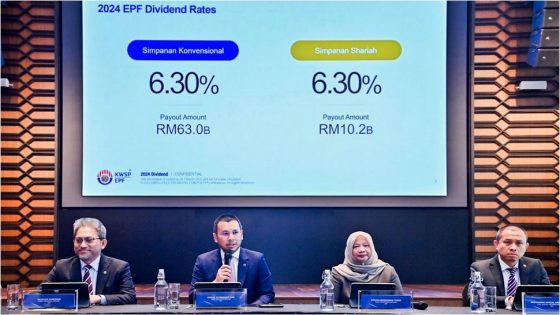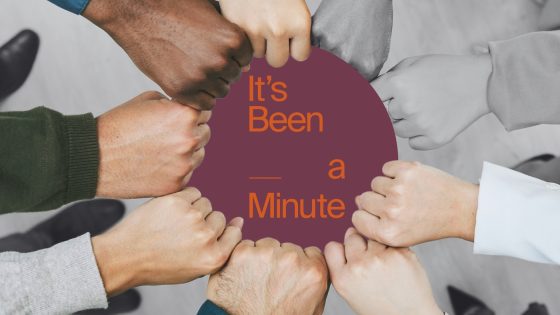On February 8, 2025, President Luiz Inácio Lula da Silva is changing his communication strategy to better connect with the Brazilian public. With new communication minister Sidônio Palmeira at the helm, Lula is ramping up media appearances and adopting a more relatable tone. But how effective will these changes be in a polarized political landscape?
- New Secom minister reshapes government communication.
- Lula adopts relaxed tone in interviews.
- Strategy emphasizes differences with Bolsonaro.
- Increased radio interviews to connect with citizens.
- Bonnet campaign aims to polarize political discourse.
- Opposition excels in social media communication.
Lula’s Communication Overhaul: Aiming for Public Connection
Why is Lula focusing on a more engaging communication style now? After facing criticism for handling issues like rising food prices and the “Pixgate” scandal, Lula is determined to reshape his image. With Sidônio Palmeira’s guidance, the president is making a concerted effort to highlight differences with former President Jair Bolsonaro and connect with everyday Brazilians through local media.
Strategies to Enhance Lula’s Public Image and Engagement
Palmeira’s approach includes several key strategies aimed at improving Lula’s public perception:
- Increased radio interviews to reach local audiences.
- Use of casual language on social media platforms like TikTok and X.
- Creation of promotional items, like hats, to symbolize political unity.
- Highlighting government achievements to contrast with opposition narratives.
Local Media Engagement: A Key to Connection
One of the most significant changes is Lula’s commitment to local radio interviews. By speaking directly to regional audiences, Lula aims to foster a sense of connection and understanding. This strategy not only showcases his policies but also humanizes him, making him more relatable to the public.
Leveraging Social Media for a Younger Audience
With a growing presence on platforms popular among younger Brazilians, Lula is adapting his messaging to fit the digital landscape. By using informal language and engaging visuals, he hopes to attract a younger demographic that may feel disconnected from traditional politics.
Polarization Tactics: The Boné Strategy
The introduction of campaign hats with slogans is a clever move to polarize the political landscape. This tactic, reminiscent of U.S. political campaigns, aims to create a visual identity that resonates with supporters while challenging the opposition. By fostering a sense of belonging, Lula hopes to galvanize his base and attract undecided voters.
In conclusion, Lula’s revamped communication strategy could significantly impact his political standing. By engaging with the public through local media and social platforms, he aims to build a stronger connection with voters and counteract opposition narratives.



